Alexander Palace was the favorite residence of the last Russian Emperor, Nicholas Alexandrovich Romanov—Tsar Nicholas II.
Nicholas was born there on 18 May 1868. His father, then Tsarevich Alexander, recorded the event in his diary,
But after the Russian Revolution of 1917, it would become a prison for Nicholas and his family.

When Nicholas II inherited the Russian throne from his father, who died at just 49, he was not ready for the huge responsibility. He told a close friend,
He quickly married Princess Alexandra Feodorovna and the couple had their first child, Olga, in 1895.
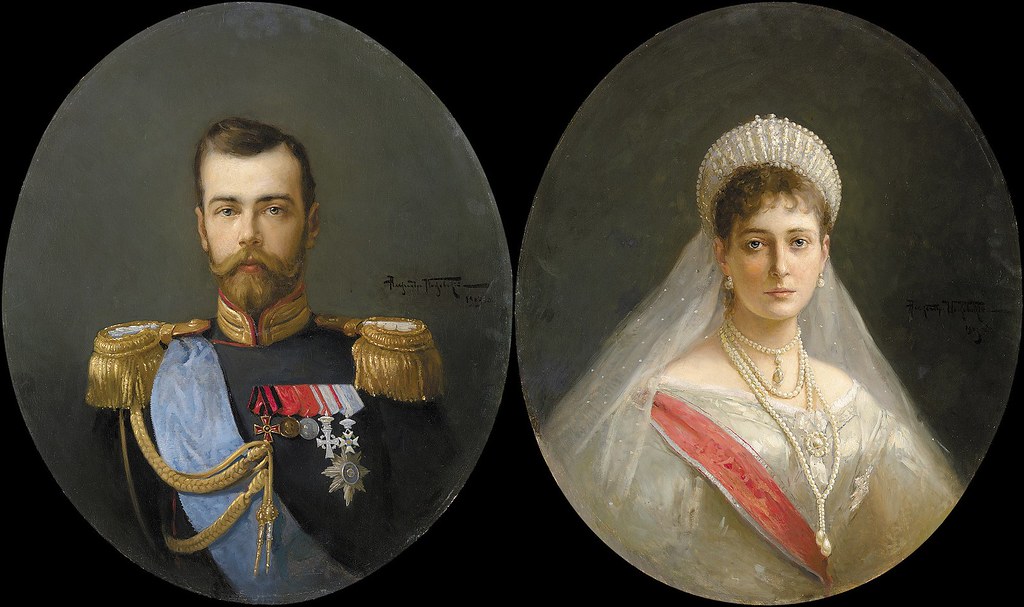
The following year, at his formal coronation, thousands of people were trampled to death as the crowd of 100,000 rushed to get a share of free food and beer.
Nicholas was advised to attend a gala with the French ambassador that same evening—a bad omen as the city mourned its dead and saw him as uncaring.
By 1901, Alexandra had given him another three daughters—Tatiana, Maria, and Anastasia. Then in 1904, she gave birth to their only son Alexei. That same year, Japan attacked Russia.
Nicholas’s mismanagement resulted in multiple defeats and the loss of the Russian fleet. In 1905, a large but peaceful demonstration ascended on St Petersburg to appeal to Nicholas for improved working conditions.
Troops fired on the crowds and over 1000 were killed. It would be called “Bloody Sunday”.

The family moved from the official residence of the Winter Palace in St Petersburg to the safer confines of Alexander Palace. They remodeled much of he interior and added modern conveniences like telephones, an elevator, and a screening booth for watching movies.
Over the course of WWI, Russia endured major losses on the war front and suffered abject poverty and high inflation at home. The Russian public laid the blame squarely on the monarchy.
On 15 March 1917, Nicholas II abdicated the throne and was placed under house arrest, initially at Alexander Palace.

What did those last months feel like for the Romanovs? Did Nicholas even believe they were in danger? Alexei’s tutor, Pierre Gillard wrote,
In August 1917 they were transferred out of their beloved palace. Less than a year later, the entire family would be brutally executed. If their ghosts could choose, they would have returned home to the beautiful Alexander Palace.
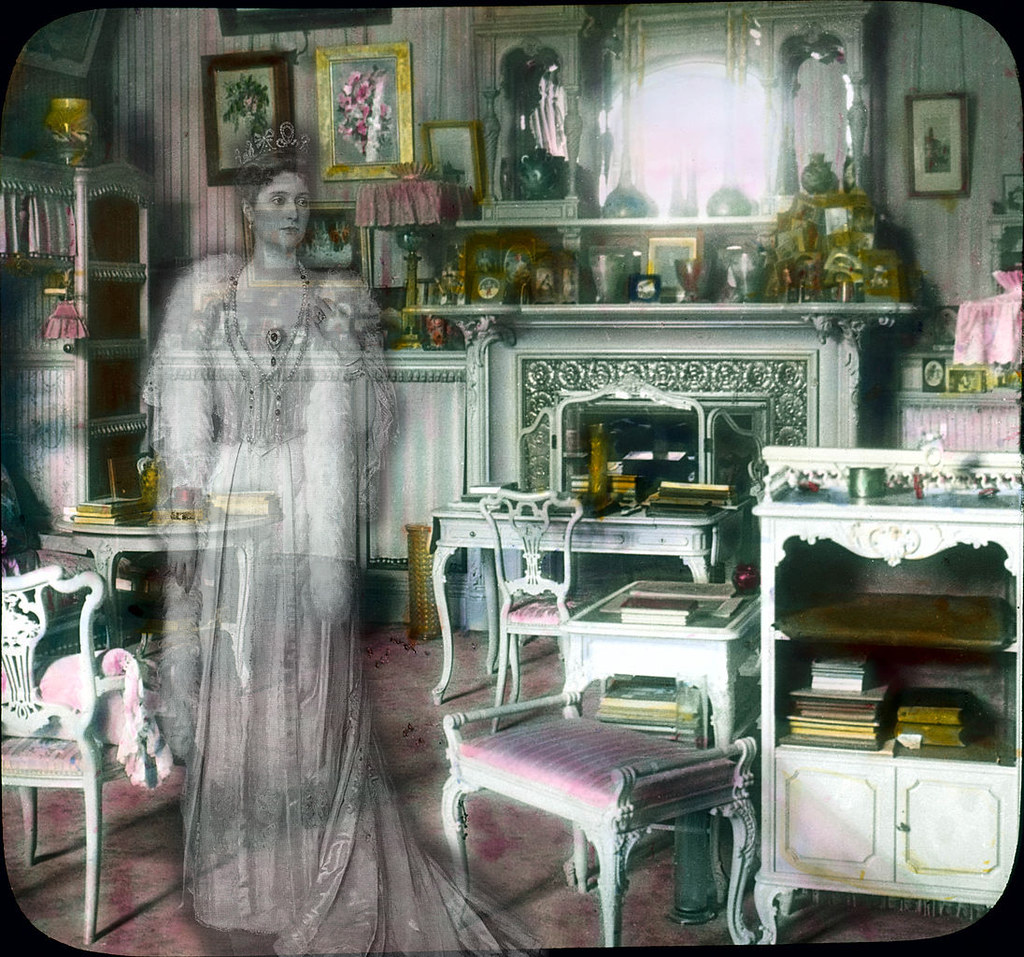
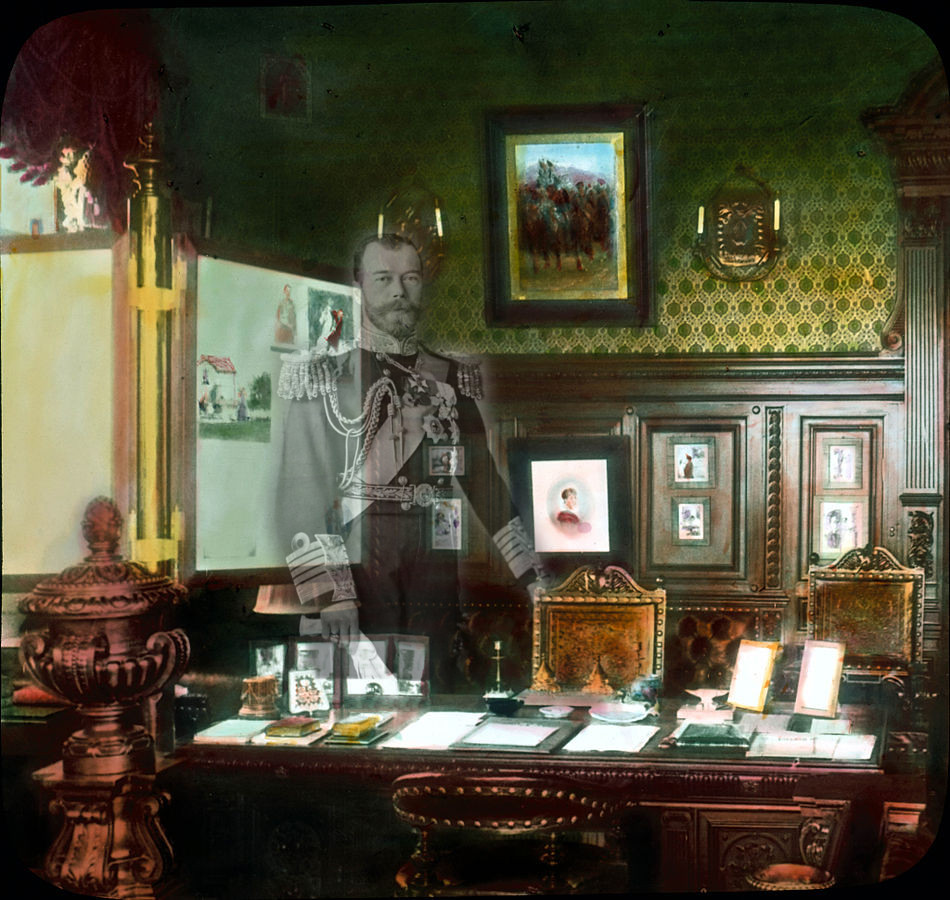
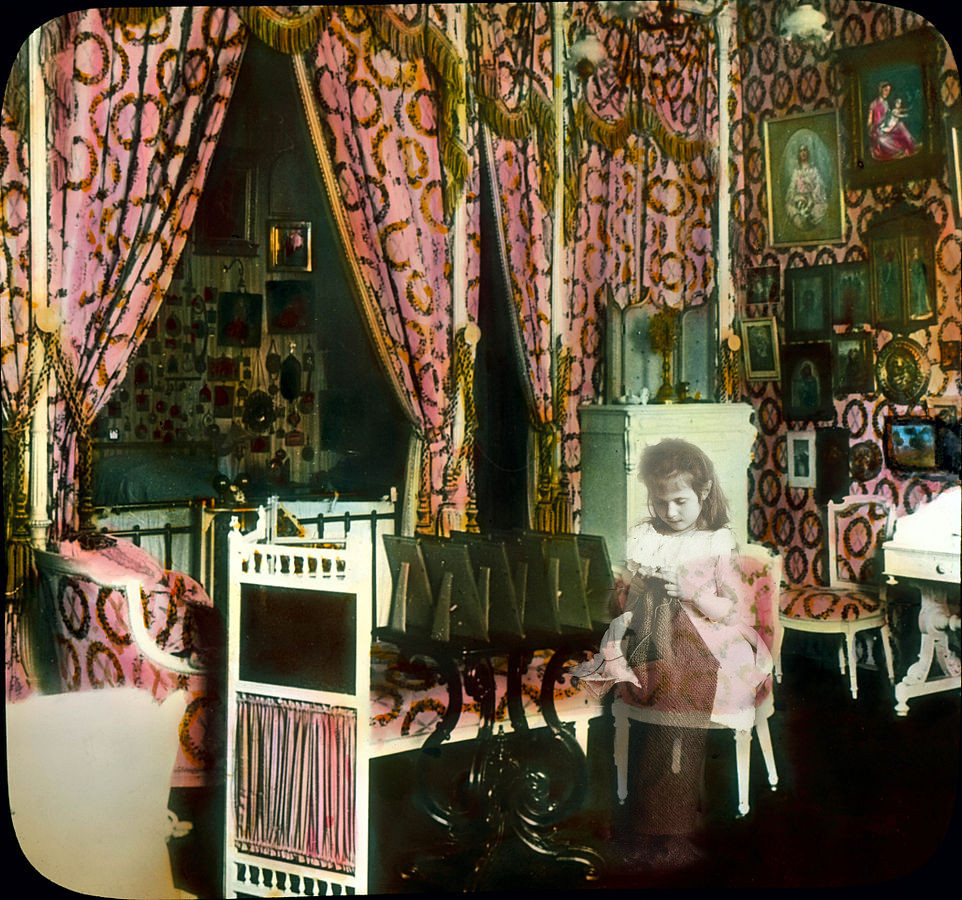

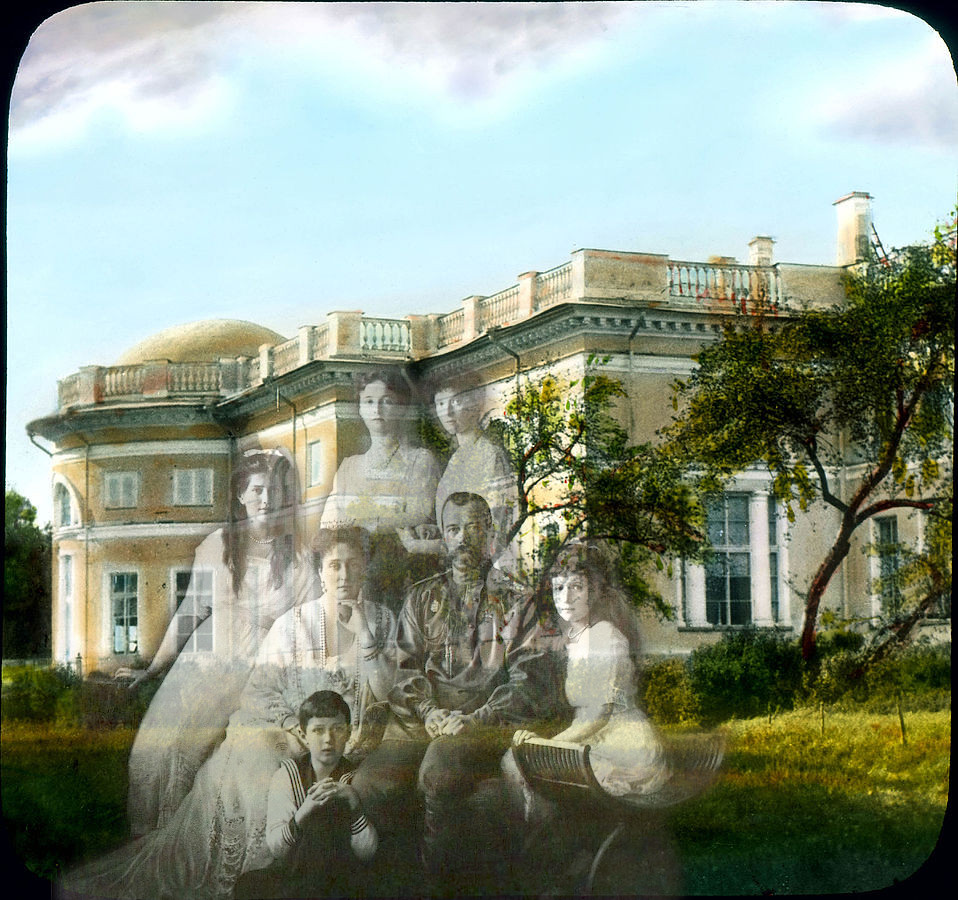
Interested in learning more?
The book cover images link directly to Amazon for your convenience using Amazon affiliate links, which means we may earn a small commission from qualifying purchases.
Thanks for supporting our work.





